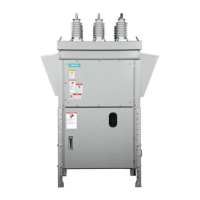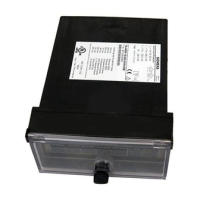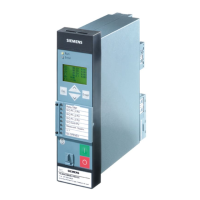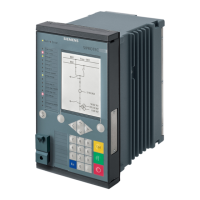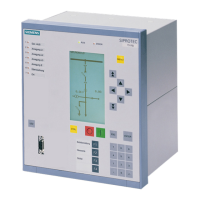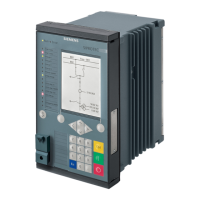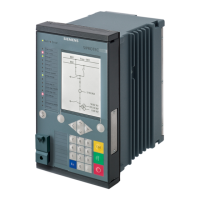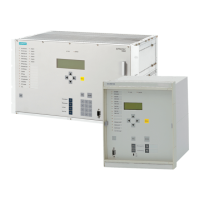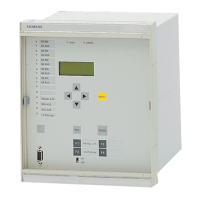Selectivity implemented by combinations of protective devices
4.2 Fuse and downstream molded case circuit breaker
Selectivity for 3VA molded case circuit breakers
50 Configuration Manual, 08/2016, A5E03603181010-01
4.2 Fuse and downstream molded case circuit breaker
Note
Tolerance ranges for fuses
If we analyze the selectivity properties of a protective device combination comprising a fuse
and circuit breaker, it is clear that a permissible tolerance range of ±10 % must be applied to
the current-time tripping characteristics of the circuit breaker.
The tolerance range is reduced to ±6 % if Siemens type 3NA LV HRC fuses are used.
Overload
Circuit breakers with LI or LSI releases behave selectively in the event of an overload with
respect to an upstream LV HRC fuse if a safety margin t
A
of around 1 s is provided between
the lower tolerance band of the time-current characteristic and the upper tripping
characteristic of the inverse-time delay overload release (L release).
Short-circuit
It must be taken into account that the fuse heats up during the arcing time in the event of a
short-circuit. A time interval of approximately 70 ms in the short-circuit zone is sufficient in
practice to afford total selectivity. As an alternative, the maximum let-through energy values
of the molded case circuit breaker can be compared to the minimum pre-arcing energy of the
fuse.
Selectivity limit current I
s
The selectivity limit current I
s
cannot be graphically represented with any precision in the
tripping characteristic. This is because the LV HRC fuse is heated by the short-circuit current
during arc extinction.

